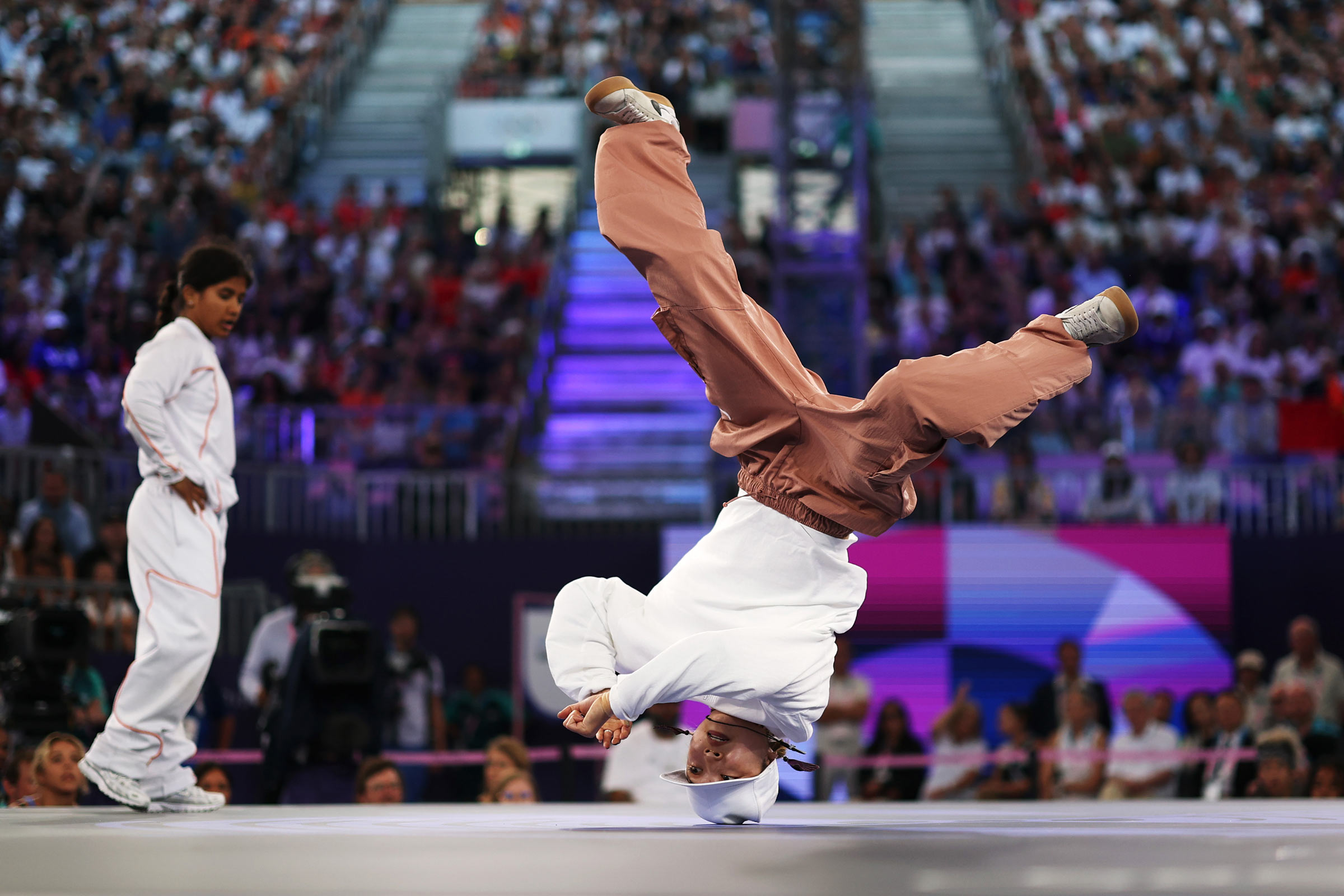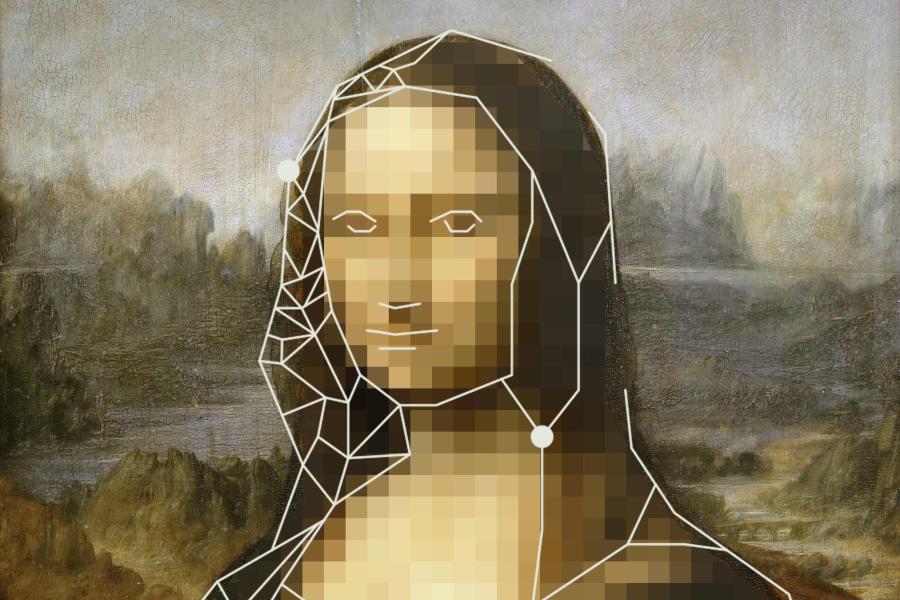Viewers across the globe were introduced to a new Olympic sport over the weekend, when some of the best b-boys and b-girls in the world competed against each other in a novel event called breaking.
And even more people were exposed to this form of dance when the performance of an Australian breakdancer – named Rachael Gunn, or Raygun – became a viral moment on social media.
Gunn, an academic who specializes in breaking and hip-hop culture, earned a score of 0, but she is probably more famous now than the gold medalist, Ami Yuasa of Japan.
my five year old niece after she says “watch this!” : pic.twitter.com/KBAMSkgltj
— alex (@alex_abads) August 9, 2024











